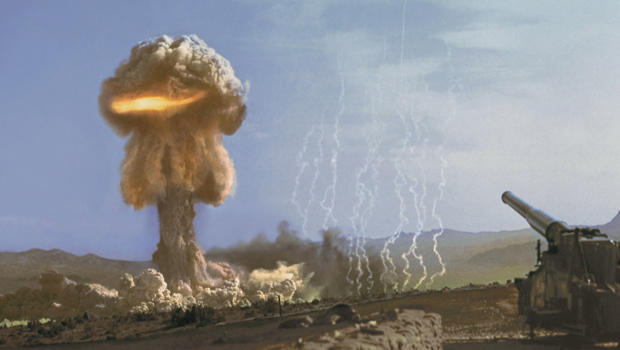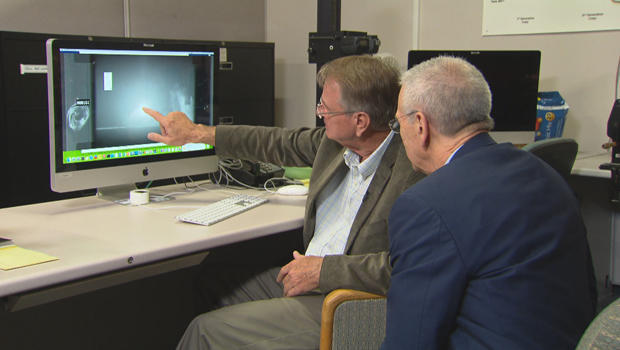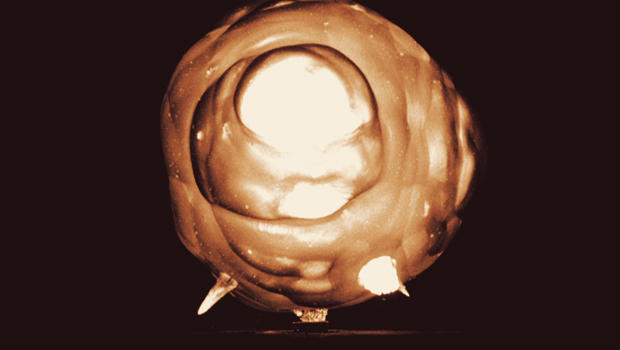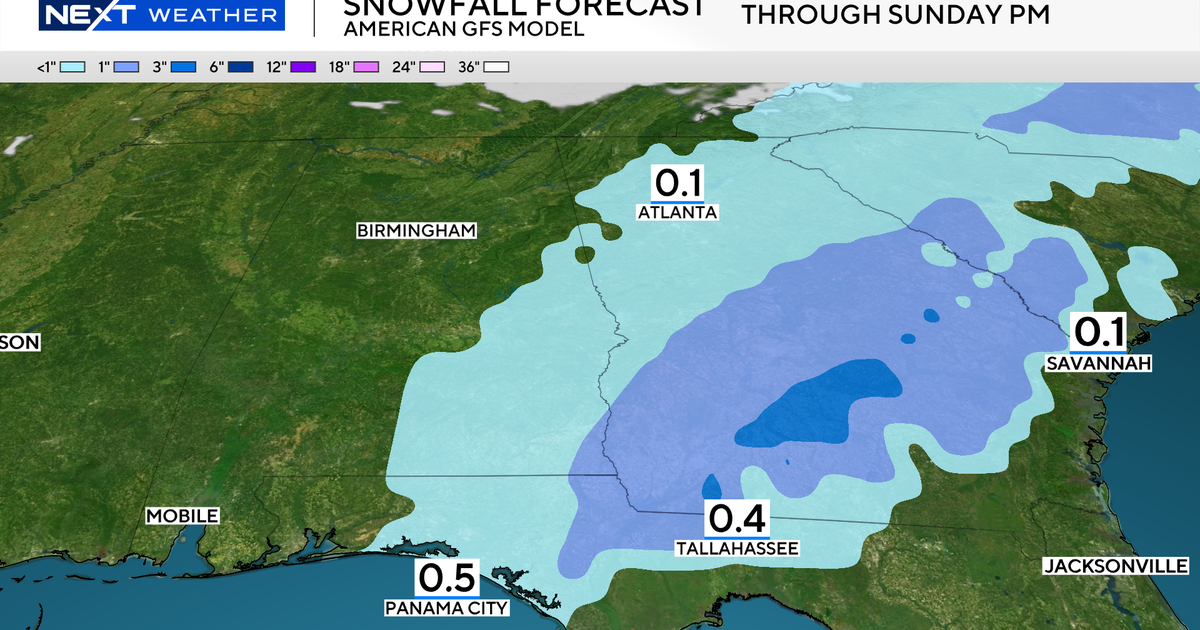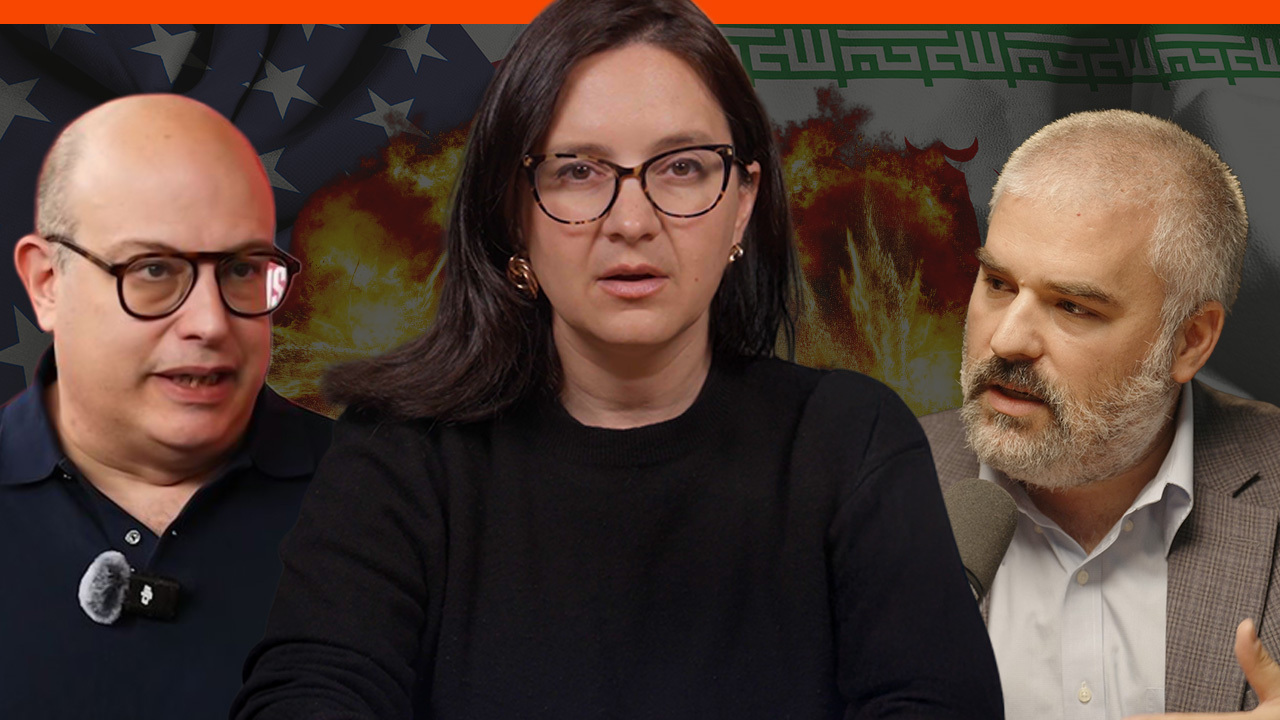Nuclear explosions: Preserving images of terrifying, swift power
The force of nuclear weapons has to be seen to be believed. Now, thanks to a project headed by Gregg Spriggs at Lawrence Livermore National Laboratory in California, the public can see the destructive power of atomic blasts as never before.
Starting in 1945 the United States conducted 210 above-ground nuclear tests, all of them documented on film, from as many angles as possible.
That ended in 1963 when, for the good of the planet, the U.S. and the Soviet Union agreed to stop testing in the atmosphere.
Unlike most of us, Spriggs understands the physics that produces these spectacular images – fireballs that can spread two miles across, and reach temperatures of 10 to 15 million degrees kelvin. At the outer edge of the fireball is a shockwave; what the fireball doesn't vaporize, the shockwave crushes.
"When it starts off, it's moving at Mach 100, a hundred times the speed of sound," Spriggs said, showing correspondent David Martin footage of one test's shockwave.
And then there is the mushroom-shaped cloud, which climbs into the sky, spewing radiation. "That's directly tied to the nuclear fallout which is very, very sensitive to the cloud height," he said.
Using a computer to measure the cloud from one blast, Spriggs discovered the original calculations made 50 years ago were off by a full mile. "Instead of 35,000 feet, it was something like 40,000 feet, and it was because of the way they measured it," Spriggs said.
That made him wonder if calculations from all the other blasts were wrong as well. It was more than just academic curiosity; those calculations are used to predict the performance (what Spriggs called the yield) of today's nuclear weapons. "If you measure the shockwave radius and you're off by one percent, you will be off by five percent in the yield," he said.
So, Spriggs set out to re-analyze and then release to the public the estimated 9,000 rolls of unclassified film that had been shot. He found most of them in the archives at Los Alamos National Laboratory in New Mexico, birthplace of the atom bomb.
There, untouched for decades, a vast scientific treasure trove had been left to decay.
"I've had a challenge with some cans, just getting the can open," said Jim Moye, one of this country's foremost film preservationists. Once entrusted with the Zapruder film of President Kennedy's assassination, he now has the job of retrieving the only visual record of America's most fearsome weapons.
"I want to first, once I open a can, determine the condition of the film, and one way is by smell," Moye said. "Because [with] any acetate base film, as the base that carries the image starts to decay, it will put off an odor, which is called vinegar syndrome."
"This sounds like basically it's a race against time," said Martin.
"It really is, because until those cans are opened, you don't know the condition."
Some of the film has been lost forever. But Moye has been able to restore most of it, using a scanner to convert each frame to a digital file.
Digital technology has allowed Spriggs to analyze the films with much greater precision. And he found that the measurements made decades ago of blasts over the Pacific Ocean and in the Nevada desert were inaccurate.
"The best they could do out in the Nevada test site, out in the Pacific, in the '50s was on the order of about plus or minus seven percent, maybe ten percent," said Spriggs. "So, we're talking maybe plus or minus 100 kilotons for a one-megaton shot."
A kiloton is an explosion equivalent to 1,000 tons of TNT. One hundred kilotons is about six times bigger than the bomb which leveled Hiroshima, killing a third of the population.
The Pentagon would not tell CBS News if the new data from the old tests has forced any change in current nuclear targeting plans. But that doesn't change the impact of simply looking at images like this. Frozen for one millionth of a second from two miles away, this fireball truly looks like an alien come to devour the Earth.
Martin asked, "What do you hope the public gets out of watching this?"
"I hope they appreciate just how horrific these weapons are," Spriggs replied. "This is something that can kill millions of people in the blink of an eye."
Spriggs is one of the few nuclear weapons designers old enough to have actually witnessed a nuclear explosion – a high-altitude nighttime blast over the Pacific.
"The sky lit up like it was noon – no matter what direction you were looking it just lit up," Spriggs recalled. "And it took about 15 minutes for all the colors to fade away."
"How does the real thing then compare to the film?" Martin asked.
"It's amazing the difference between what occurred out there and what's on the film."
"As majestic and fearsome as those photos appear, they don't come close?"
"Not even close to what you see in real life," Spriggs said.
See also:
- What a physicist looks for in a nuclear test (Lawrence Livermore National Laboratory)
- Undoctored audio of a 1953 atomic test explosion (National Archives)
For more info:
- Lawrence Livermore National Laboratory
- LLNL Atmospheric Nuclear Test Videos (YouTube)
"Trinity and Beyond: The Atomic Bomb Movie" (documentary by Peter Kuran), available via Amazon, iTunes and Vudu
Story produced by Mary Walsh.

